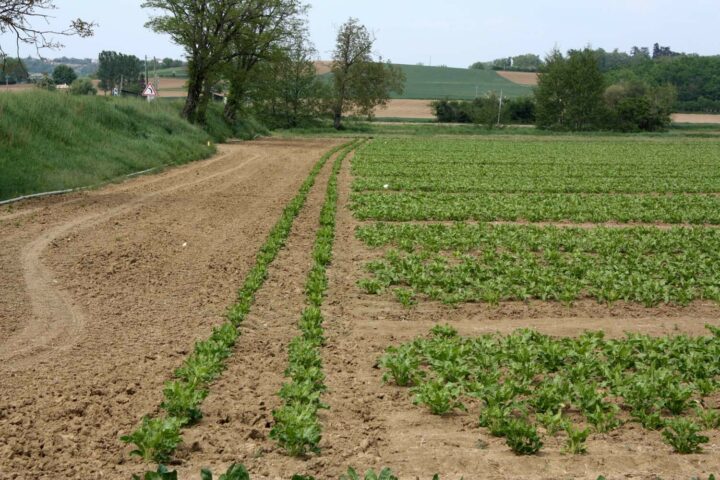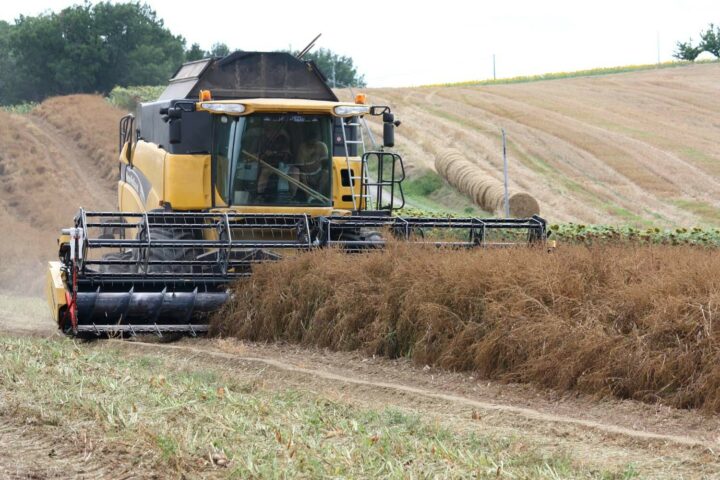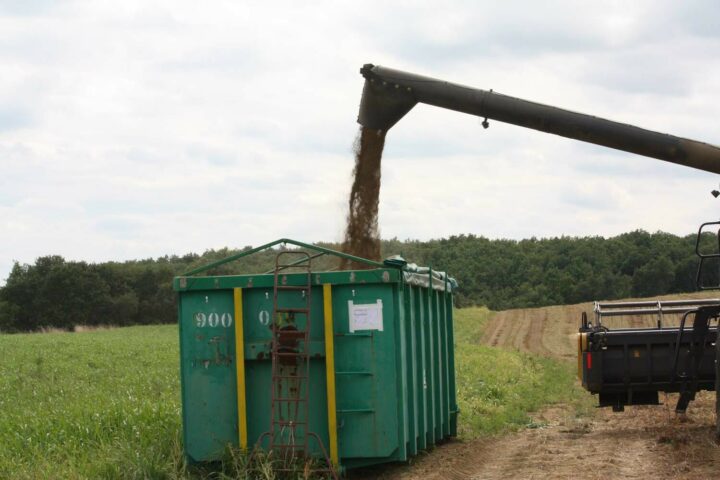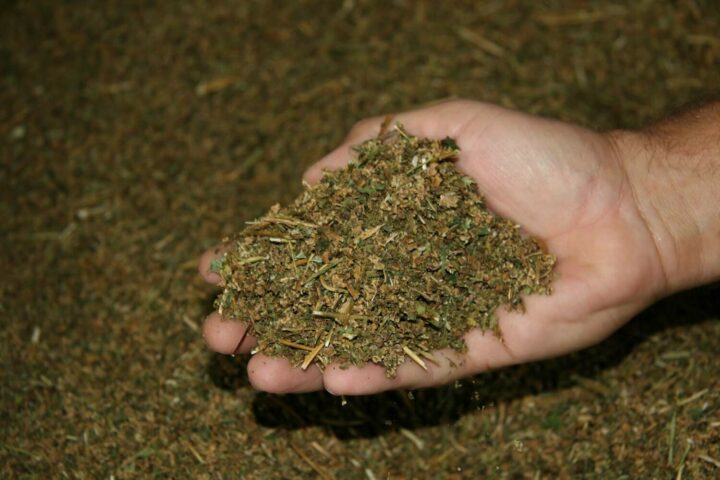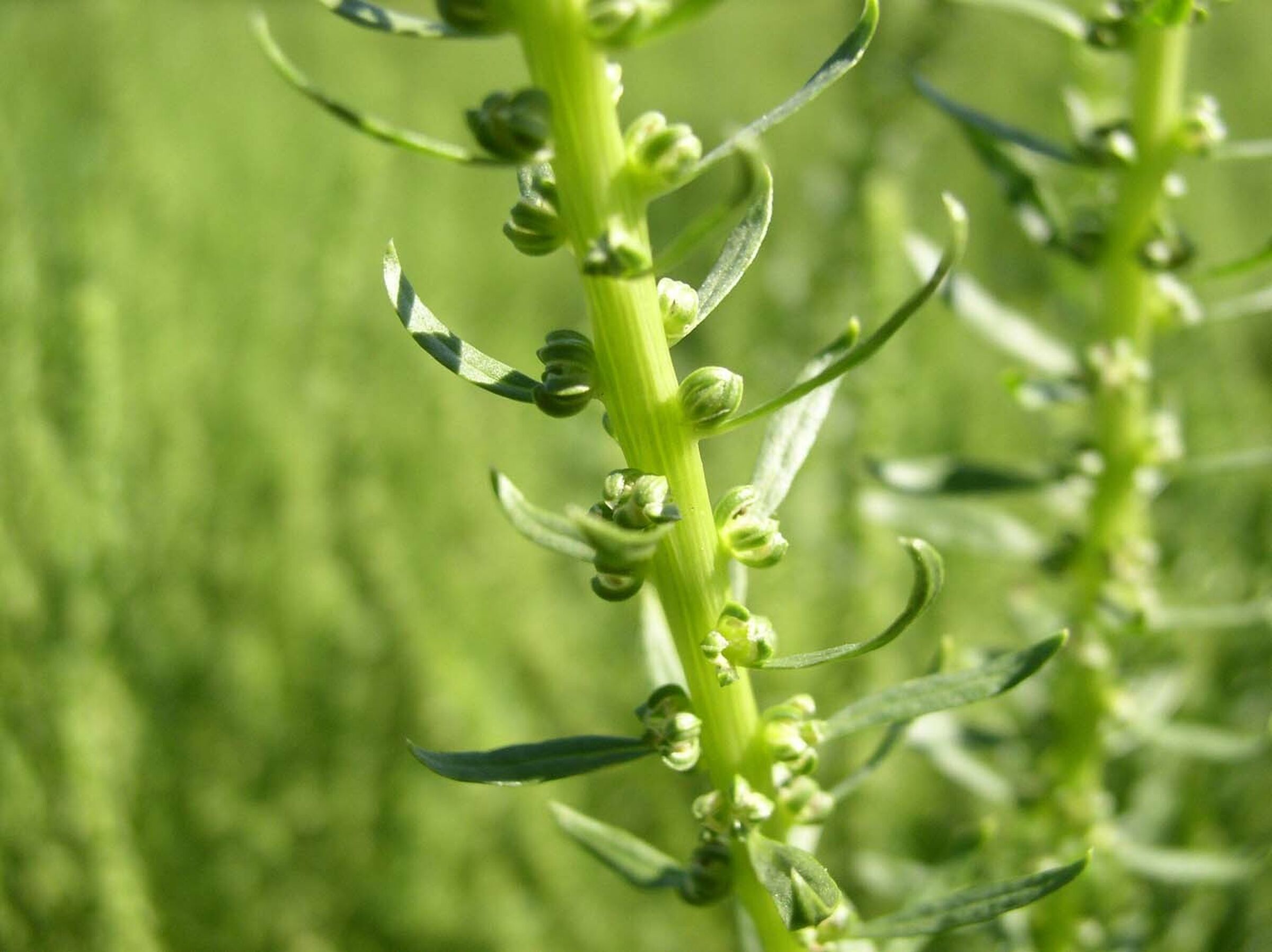Seed production
Once a new variety has been registered and has successfully passed the official variety trials, we can produce the seed for commercial use. These seeds are treated in our factories, so they are ready to be sold to the farmer.
From sowing the stecklings to the harvest of our seeds, discover the story of our sugar beet seed production cycle here!
The seed propagation begins during the field trial research to reduce the time between initial research and availability to growers. In this step of the process, we start the production of our seeds on a large scale for commercialisation.
Step 1: Stecklings
To start, seed is planted in sandy soils in August. After a few months of growth, this small root is known as a steckling.
Step 2: Vernalisation
Sugar beets are a biennial crop, meaning it needs two seasons to complete its life cycle and produce seed. To trigger flowering, the plant needs a cold period known as vernalisation.
Step 3: Selection
Once vernalized, the stecklings are transplanted by hand in seed production fields where the chosen males and females are combined to produce hybrids. The seed production fields are mainly located in
- Southern France
- Northern Italy
- Turkey
- Ukraine
- Russia
- The US
Step 4: Pollination
The difficulty of seed production lies in the flowering time of the male and female plants. Early flowering lines are clipped so they flower at the same time and the males pollinate the females.
The fields are closely supervised for fertility, irrigation and pest management.
Step 5: Harvest
After pollination, when seeds have formed on the female plants, the male plants (or pollinators) are destroyed. When the seeds are ripe, the seed bearers are cut off and left on the field to dry, until they are finally harvested.
